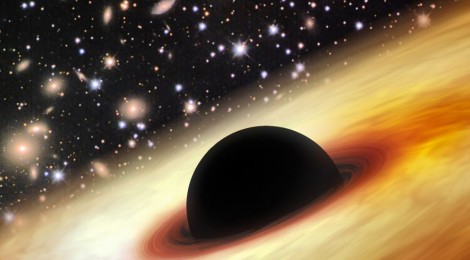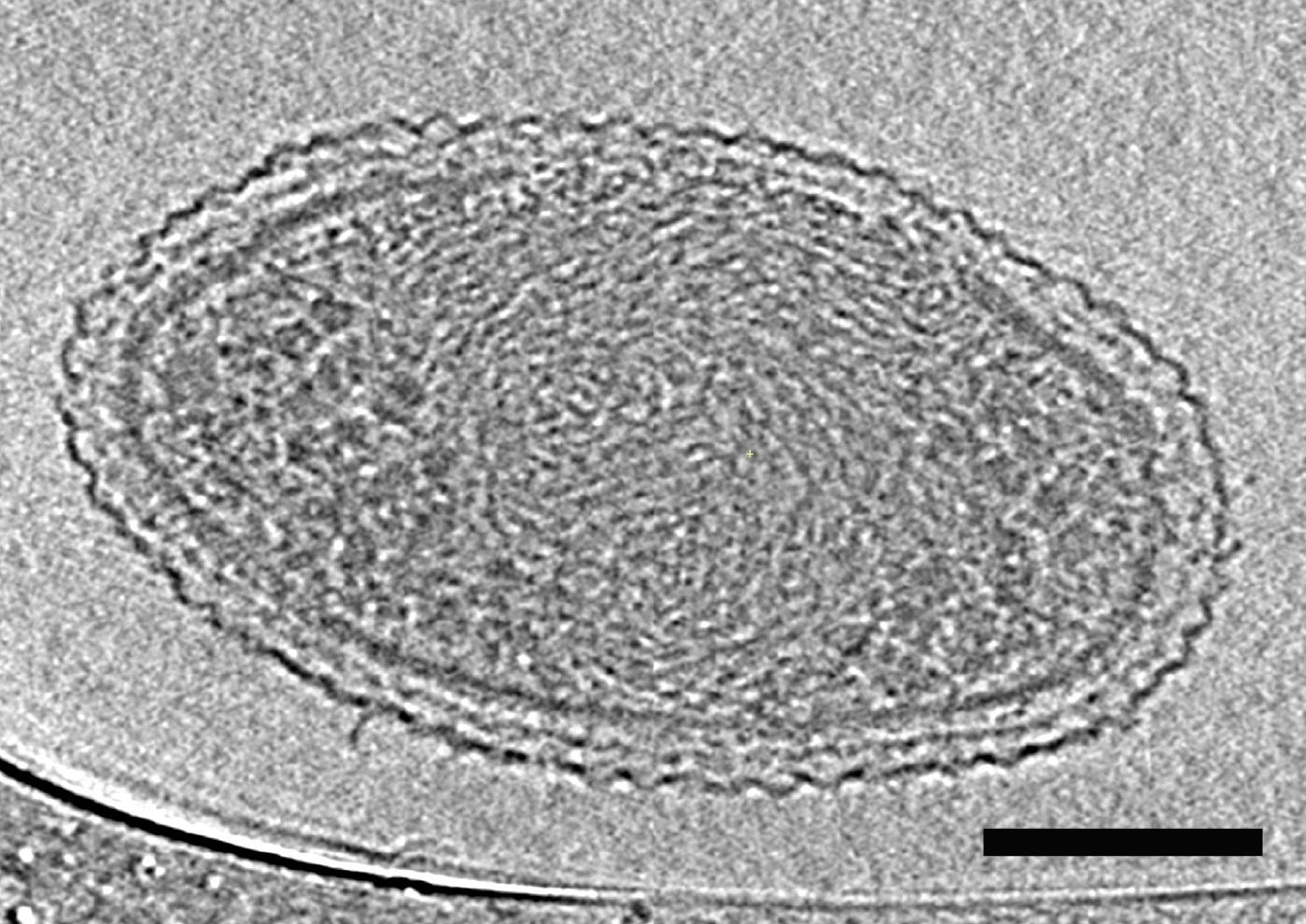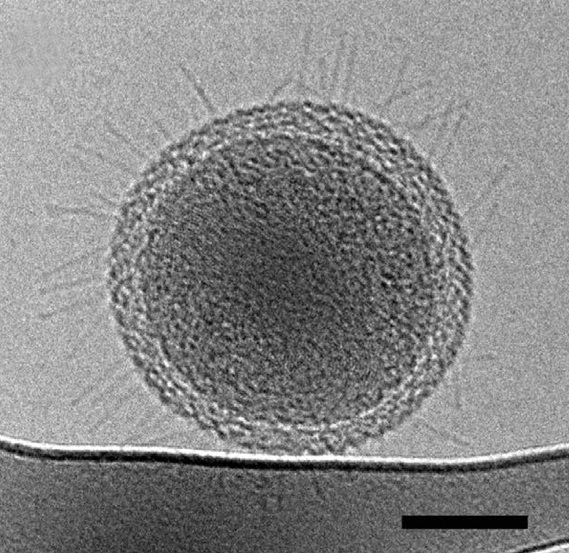
MOST IMPORTANT LARGEST AND SMALLEST THINGS IN UNIVERSE DISCOVERED
This week discoveries of the two most important things in the Universe have been announced.
First a Black Hole so large it may not be able to exist in a universe of the Big Bang is discovered. Then a bacteria so tiny hundreds can fit inside other bacteria is seen to be so ubiquitous it is likely the most abundant form of life on Earth.
This is the academy awards show for geeks week. What more could be more fascinating than finding the largest and smallest. It’s way better than watching Madonna fall ass over teakettle on stage and get up singing nary missing a beat.
Big Black – So the newly found biggest black hole ever likely says so much for you Big Bang Theory as ‘Big Black’ is simply too big to have come into existence after the Big Bang. It’s likely that Big Black is the Big Bang or a piece of it. That would make it, and its likely siblings yet to be found, the singularity and locus shrapnel from which everything we know all came and into which all will eventually go back. It’s just that big that the rest of the universe is likely nothing more than one of its indiscrete emissions.

Whoops since the formation of the first stars to Big Black there was just 500 million years for Big to grow…
This black hole isn’t just big — it’s stupendously large and it’s accretion disc is impossibly bright. As described in the Journal Nature Big Black is 12.8 billion light years away and is 420 trillion times more luminous and 12 billion times more massive than our sun. Big being 12.8 billion light years away in our universe that is just barely 13.7 billion years old and being already so massive at just a half a billion years of age presents a very real problem to Big Bangers. Just how could Big Black have captured so much matter in such a relatively short time in a big banging universe that was exploding with such potency so long ago at the beginning of everything. Now that we know what Big Black looks like it’s universally improbable that he’s all alone and we are almost sure to find many more of his (or her) ilk. If we do then the real fun begins. Just why have we all been so buffaloed by the big bangers bilking billions.
Finding new data that turns the world of physics upside down in the form of Big Black might lead one to finding similarly astonishing data of showing cold fusion (and perhaps LENR) that forces one to see new science as a welcome gift as opposed to being “against the laws of physics” heresy.
It just goes to prove that our human scientific dogmas are so very vulnerable to paradigm changes when observations of real data, facts, come to bear up against theory. It’s high time to put theorists in their place, confined to dusty backrooms of science from whence they came, not as spokespersons, prevaricators and stonewallers putting theory before real data and facts in the search for what we experimentalists don’t know.
Here’s a link on an interesting point of view about the Big Bang never happening.
Tiny Black – For me the far more stunning discovery of the week is not Big Black but rather Tiny Black the smallest bacteria ever discovered. Tiny Black is just a few hundred nanometers across, that’s down into the size range of virus particles. But Tiny has a very complex genome and many other characteristics of a bacterium. It was found in ultra filtered water from a stream in Colorado but is assumed to be everywhere. At its tiny size it surely is a likely candidate for being the most abundant form of life on this blue planet, and likely it will be revealed to be part of an incredibly biodiverse population of nano-bacteria.

Smallest bacteria ever is discovered, the scale bar measures just 100 nanometers Most likely Tiny Black represents the most populus form of life on this blue planet.
Bacteria are surely the founding basis of life here, and perhaps everywhere. They are without question capable of performing all manner of critical living duties. For 2-3 billion years bacteria were the only form of life on the planet. They could and can survive and thrive in just about any environment on just about anything. We know some large ordinary bacteria are found to live in the solid rock mantle of the earth thousands of meters down. Some live right up to the edge of volcanic vents in water so hot we’d be poached in the blink of an eye.

Nano-bacteria with pili that connect it to other cells… the scale bar is 100 nanometers in length so this guy is incredibly tiny and those pili are just the width of hundreds of atoms
Even more importantly bacteria have already been shown to live inside almost every living cell on the planet serving as mitochondrial symbionts performing some of our most difficult energy management tasks. Wow mitochondria are almost as small as Tiny Black and up to tens times larger. So this new class of free-living tiny bacteria open up all manner of possibilities for making use of bacteria in myriad living symbiotic partnerships. And that’s before we even get to the bacteria of the seas that have been the root level living operating system of this planet from which more complex individual life forms evolved starting with green plants and branching out in countless directions upon one twig of which we are allowed to blossom. We need to be very careful lest we give our bacterial overlords a reason to reboot their planetary operating system back to that root level.
We already know that the smaller life is the more collaborative lifestyles it typically leads. Bacteria and their fungus cousins graft the roots of trees and plants together so that messages can be sent across kilometers at nearly the speed of the human nervous system alerting whole forests of the arrival of important news, like leaf eating caterpillars. Mats of bacteria on the seabed and blooms of plankton are micro-electrically charged with differentiated signals that have the complexity of our own internet even though we’ve not been able to hack their WiFi code yet to understand what information and torrents they are exchanging. Hollywood star and beauty queen Hedy Lamar was on the right track on this.
Life is getting exciting.